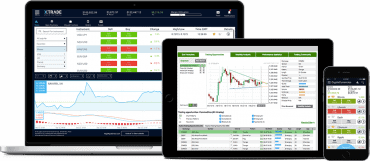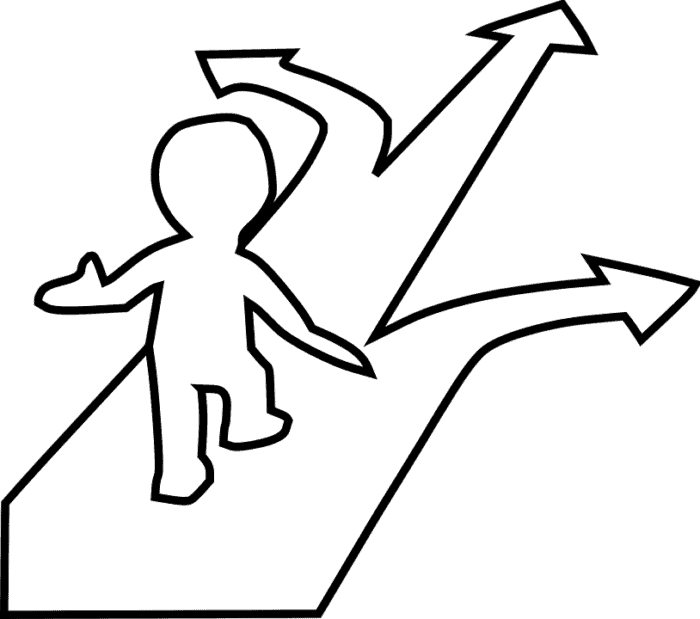3 min read

What is the definition of taking a position? How to accurately control your portfolio positions?
By Gorica Gligorijevic
Taking a position in the stock market indicates that a trader is ready to make choices, to go long or short. These are two positions that an investor can take. Going long means to buy, short to sale.
When you hold a long position that means you own the stock. Why is this important? I like to say investing is a marathon.
Investing takes time to grow. It requires a relatively moderate risk and moderate returns in the short run. But investing may produce bigger returns by placing both, interests and dividends to hold for a longer period of time. So, we are taking a long position when investing.
You would like to hold your stock for several years and have a decent return. In most circumstances, you should take the profit when a stock grows 20% to 25% of the buy price.
A “short” position relates to the sale of a stock you really don’t own. You have to borrow shares from a stockbroker. You will have the open position of shares and that has to be closed after some time. Investors who sell short believe the price of the stock will go down. And they are selling, meaning they go short. After you go short, the price of the same stock may go down more and you can buy it back and make a profit. Never wait to the price of that stock to increase and then buy, you will catch the loss.
If the stock’s price fell to $0, you owe the stockbroker zero and your profit would 100%. What if the stock price grows doubles when you close the position? Calculate! You may gain loss to 200%, double more of your buying price.
But keep one thing in your minds, short selling isn’t for beginners.
Taking a position in the investment
You are facing the horror: that stock you bought go lower, from hour to hour, day after day.
If it fails 5%, you may say the market is changeable, so why to be worried. But the dropping is continuing. Your stock is 10% down, after a few days 25%. To defeat a 50% loss you will actually need a 100% gain.
How do you feel now? What are you going to do? To wait until it drops 50%?
So, what to do?
When to get out in the investment?
There are several possible scenarios on taking a position but at first, try not to get panicked.
You should get out in your investment when your stock no longer meets your goal. Or you purchased it by mistake, it can happen.
The other reason for selling a stock can be you need money, or you would like to get out your investment because of asset allocation or reallocation.
The general rule of investing is never getting out of your investment just because the stock price is dropping. The rule “buy high and sell low” isn’t relevant while investing. Otherwise, you will never earn money in the stock market.
A selling an investment too quickly can hurt your portfolio.
Can you “ensure” some positions?
All beginners, no matter how smart they are, have illusions, so they have losses. You have to keep your losses small, don’t let them scare you and survive.
The rules for managing the risk that we’ll show you may feel disturbing for beginners because they have small accounts. Well, the proper risk control may limits trade size. I know that. But it is important for you to know that it is a protection in the first place.
The crucial rule of risk control is the 2% rule: never risk more than 2% of your account investment on any opened trade.
Start by writing down three numbers for every trade: your entry, target and stop. Without them, a trade may become a gamble.
I want to share with you one of the best advice I got when I become an investor.
If you see your stock rises by 40% you should sell 20% of your position. When the stock later increases 49% more, sell the other 20%. That will provide you to have 125% of your primary position.
You have 100% of the initial position. And it grows 40%:
100%*1.4=140%
You sell 20% of it, which means that now in your hands you have 80% left:
140%*0.8=112%
Stocks rise for another 40% progressively:
112%*1.4=156.8%
Now you sell 20% of the stock you have in your hands:
156.8%*0.8=125.44%
You end up with a 125.44% value of the initial position.
To make this simpler, when you buy some stock you have 100% in your hands. After some time they rise by 40%, so you have 140% of the value. And you sell 20% of that 140% and you have 80% of that 140% in your hands which is 112%.
After some time that 112% rise for another 40% – that means you have 156,8% in your hands. And you make another selling of 20% from that 156,8% which means you will have, after second selling, 125,44% of your initial position.
Also, you may apply a 20% stop loss on all positions. This serves to block whipsawed. If you are properly handling your portfolio positions you could reduce lower-performing positions before the 20% level is scored.
Taking a position in trading and investing is always in the question, so you must know how to handle your portfolio. On some assets, you are taking a long position but on others, you are taking a short position. It is necessary because you would like to protect your investments as a whole.








